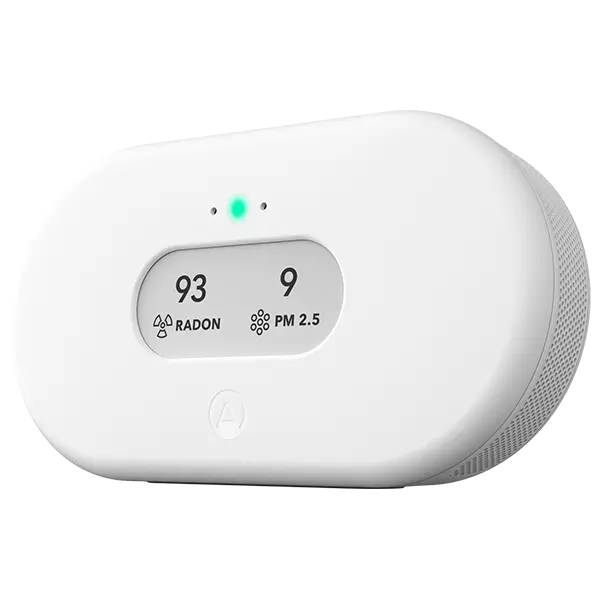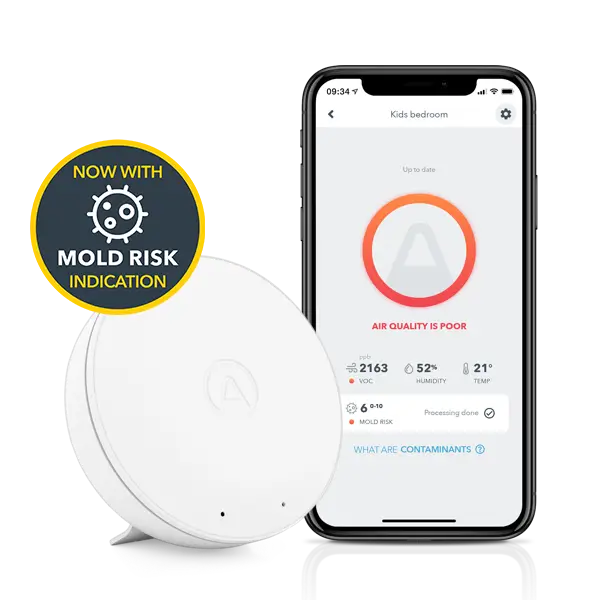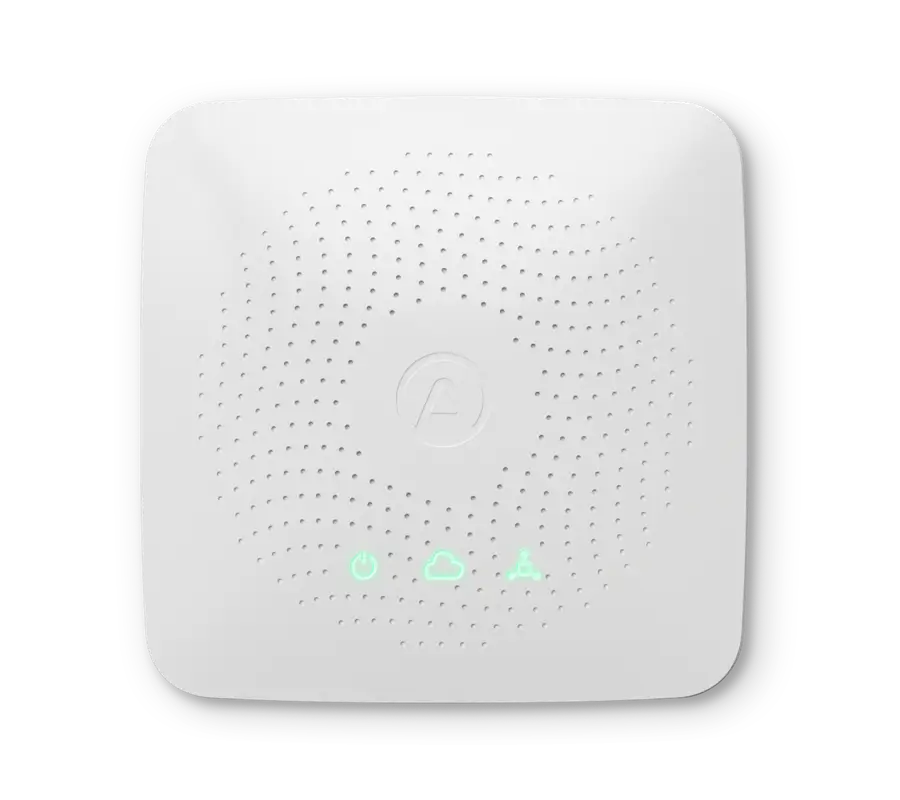There is a silent killer in the US, stealing 21,000 lives each year. You can’t see it, smell it, feel it, or taste it, yet it is preventable. Learning of this killer’s presence with a simple test is easy, and the EPA wants you to know about it. Naming January as National Radon Action Month, the US Environmental Protection Agency is determined to create awareness of the risk posed by radon gas in indoor environments, and how to avoid becoming a radon statistic.
Radon gas is the number one cause of lung cancer in non-smokers, and the second leading cause of lung cancer in smokers. A naturally occurring by product of uranium breakdown, it seeps up through soil, rock, and water, escaping to the earth’s surface. That’s not an issue if it moves about freely into the environment, dissipating into the great outdoors.
It becomes a problem when the gas escapes beneath buildings into enclosed structures through holes and cracks, accumulating to dangerous levels in indoor environments. The odorless, colorless, radioactive gas enters the lungs with each breath, causing silent damage to important respiratory organs.
The more contaminated the air, the quicker the damage. The longer the exposure, the higher the risk. The most important lesson? It is preventable with a simple radon test to determine if action is necessary to reduce the levels of gas in the home.
The EPA, in designating January as National Radon Action Month, would like to educate homeowners about the risk, and inform everyone about simple ways to fix the problem. They urge learning about radon by taking the following steps:
- Test your home. It is easy and inexpensive, and can prevent the heartache of a loved one developing lung cancer. Go to http://www.epa.gov/radon/find-radon-test-kit-or-measurement-and-mitigation-professional to learn how.
- Attend a National Radon Action Month event in your area. Can’t find one? Create one! Go to http://www.epa.gov/radon/national-radon-action-month-event-planning-kit to learn how to launch a local event, complete with flyers, graphics, and PowerPoint presentations.
- Spread the word about the risk of radon after becoming informed yourself at http://www.epa.gov/radon/health-risk-radon. Ignorance is no excuse with this killer, so arm yourself with accurate information and take steps to keep your home safe.
- If you’re in the market for a new home, or know someone who is, consider buying a radon-resistant home after learning the facts at http://www.epa.gov/radon/building-radon-out-step-step-guide-how-build-radon-resistant-homes, and finding a knowledgeable builder at http://www.epa.gov/radon/directory-builders-using-radon-resistant-new-construction-rrnc.
More information is available online through the US EPA website at http://www.epa.gov/radon/national-radon-action-month-consumer-information – takeaction.
And remember, January may be Radon Action Month, but radon claims lives all twelve months of the year. Protect your home from this silent killer by testing to determine radon gas levels, and taking the necessary steps to limit radon’s reach.












%20(1).webp)

%20(1).webp)
